Most of South Korea’s powerful conglomerates are owned by equally affluent and influential family clans known as the “chaebol.”
Hyundai, Samsung, LG, SK, and Lotte; even if someone isn’t familiar with Korean culture, they’ve likely encountered these conglomerates and their subsidiaries multiple times. For many individuals across the globe, they’re present in the fabric of daily life, each one a powerhouse in their respective industries. Everything from cars to phones and elevators to home appliances, have these brands emblazoned on them.
These companies are usually controlled by one family, with members of each generation taking top executive positions. This is why Koreans refer to them as chaebol, from the Korean words chae (for “wealth”) and bol (which translates to “clan” or “clique”), as defined by the Council on Foreign Relations (CFR).
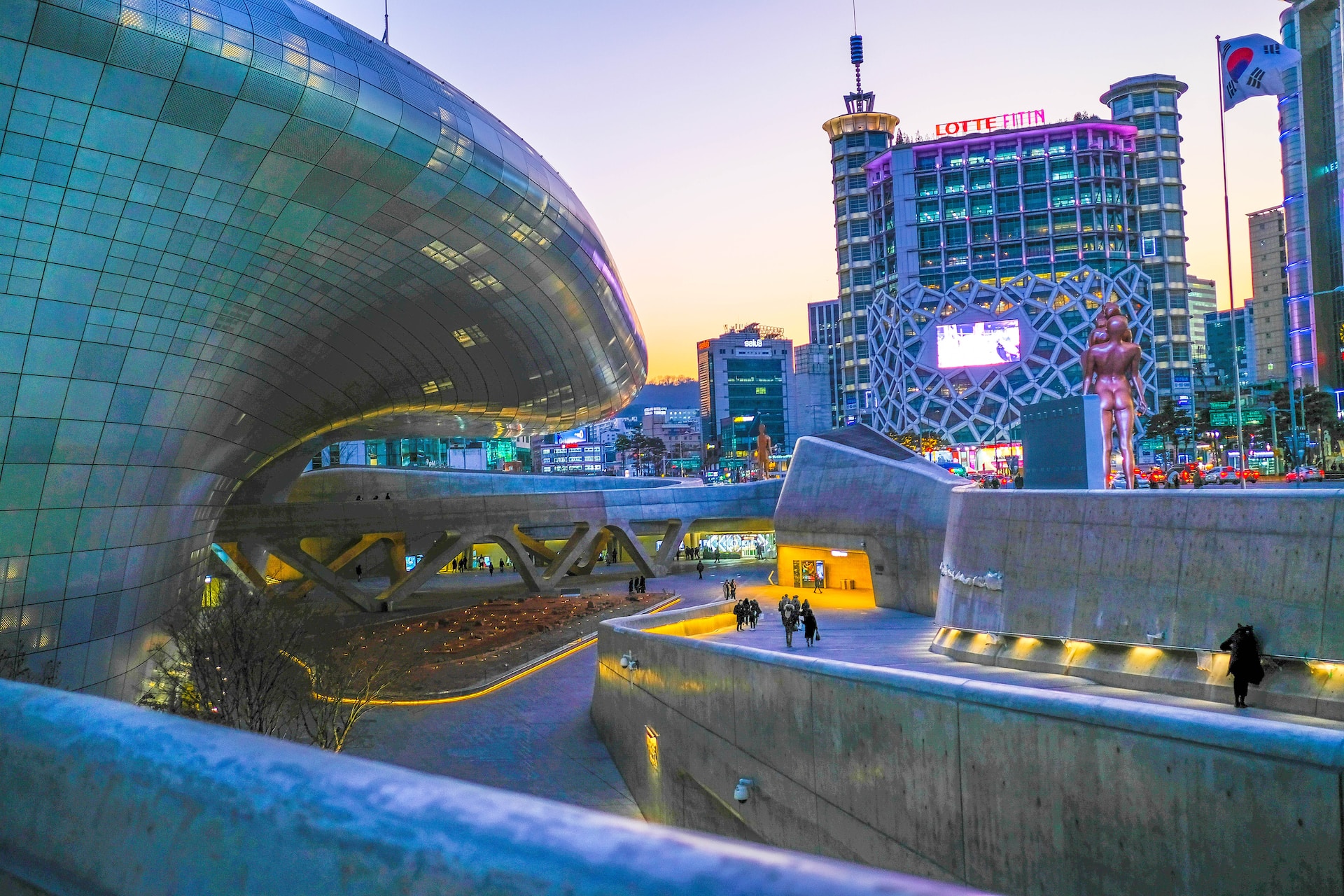
There are around 45 conglomerates that qualify as chaebols, according to a report from Bloomberg. The top 10 of these enterprises own more than 27% of all business assets in South Korea.
Meanwhile, the top five represent half of the South Korean stock market’s value, as per the CFR. These conglomerates are considered to be the country’s most powerful ones, and are composed of the aforementioned Samsung, Hyundai, LG, Lotte, and SK Group. They’re also the driving forces behind most of the country’s investment in research and development.
READ ALSO: Wealth Dynasties: The 4 Richest Families In The World
So how exactly did these affluent and powerful businesses come to be, and why do they hold such heavy influence on South Korea? What’s more, are they making a positive impact in today’s society or holding back a nation’s development? Read on to learn about these illustrious yet controversial clans:
The Secret Behind A Fast-Growing Economy
Today, South Korea is known as one of the most advanced and recognized nations in the world. The country is now among the largest global exporters, with exports totaling 40% of GDP in 2016, according to a report from the Brown Political Review. This doesn’t begin to cover the country’s soft power in regard to pop culture exports like K-Dramas and K-pop. In the same report from Brown Political Review, it was revealed that South Korea’s average income increased from $120 per year to more than $27,000, with inflation taken into account.

However, this wasn’t always the case. In fact, one may say that the speed, intensity, and scale of the country’s growth was a miraculous achievement. As late as the 1950s to 1960s, South Korea was one of the poorest countries in the world. This was due in part to the destruction of the three-year Korean War. No one had expected the drastic economic transformation led by government regimes, namely the one under dictator and general Park Chung-hee, who was president from 1963 to 1979.
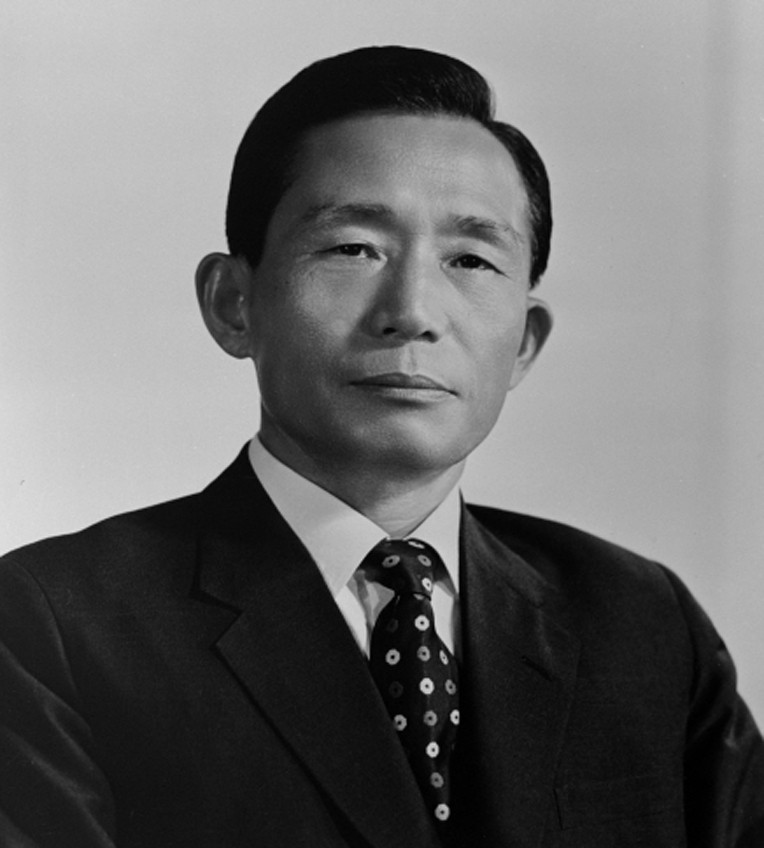
Park was by no means a perfect leader; in fact, as with most authoritarians, he was known for brutally punishing dissenters—something that would later spark wide protests across the nation. However, many Koreans and experts still acknowledge his significant and lasting influence in the country through his contributions to rapid economic development.
One of the things people remember him for is formally establishing and supporting South Korea’s most prominent chaebols, which played a large role in the country’s seemingly overnight success.
Government and Businesses Unite
In his book South Korea at the Crossroads, Scott A. Snyder—director of the program on U.S.-Korea policy at the CFR—wrote: “Park [Chung-hee] sought to build a South Korea that was self-reliant and not dependent on great powers for its security.”
A part of the former president’s plan was to boost exports through preferential loans and insulated domestic industries. This involved closely collaborating with chosen corporations through subsidies, as well as loan and tax incentives. It was through these state-business relations that Park’s government was able to highlight certain industries and firms to spur economic growth.
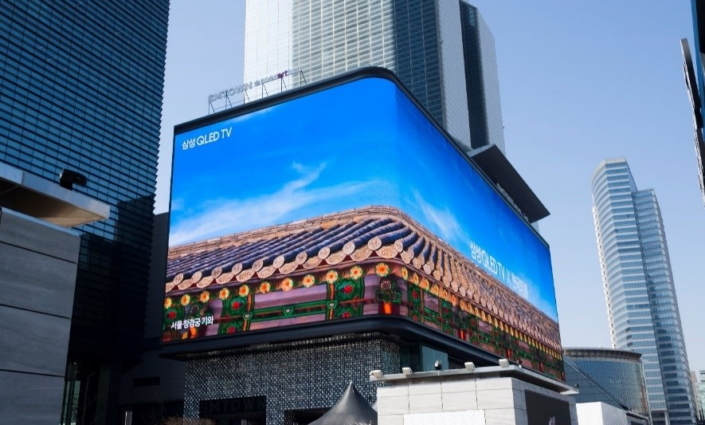
With the chaebols in place, more and more South Koreans at the time were able to find stable jobs and employment opportunities—something unheard of in a country that only had a small welfare state.
So began the early and highly prosperous years of the famous chaebol groups. Samsung, the country’s largest chaebol, also happened to be one of the earliest ones. The main reason why its technology arm has such a large hold on both South Korea and the rest of the globe is partly due to the government’s past efforts of banning consumer electronics from foreign competitors, as per the Association for Asian Studies.
Much like they have been for decades, today’s chaebols continue to be closely-tied with the state. The families behind such conglomerates are not only the country’s richest, but also the most well-connected.
Top Conglomerates
Among the 45 chaebols in existence, five take the top spots as the country’s most affluent and influential:
Samsung
Samsung was originally an exporter of various food products in 1938 under founder Lee Byung Chull. Since then, the company has expanded into various industries like real estate, hotels, insurance, hospitals, entertainment, education, and of course, technology. The conglomerate’s subsidiary, Samsung Electronics, has accounted for more than 14% of the country’s GDP over the past 10 years, according to the CFR.
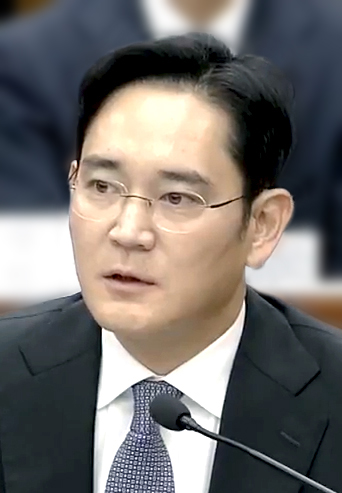
To this day, the Lee family continues to take up high positions within the megacorporation, particularly its second and third generation members. Lee Jae-Yong, the grandson of founder Lee Byung Chull, is currently the conglomerate’s chairman. As per Business Chief, his total assets amount to $341.1 billion and his net worth is estimated to be $11 billion, making him the fourth wealthiest person in South Korea.
Hyundai Group
The Hyundai Group started out as a small-scale construction business in 1947, run by founder Chung Ju-yung. However, over the years, it quickly grew to include dozens of brands across automotive, electronics, financial, and shipbuilding industries.
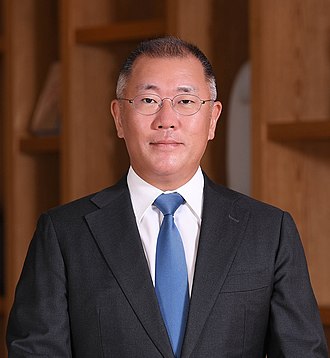
In 2003, the conglomerate split into five firms, including Hyundai Motor Group (the third largest carmaker in the world) and Hyundai Heavy Industries (the world’s largest shipbuilding company). At present, Euisun Chung—the grandson of founder Chung Ju-yung and the only heir apparent—is the chairman of Hyundai Motor Group, as per Business Chief. His assets total $181.7 billion and his net worth amounts to $3.3 billion according to Forbes.
LG
LG Corporation started in 1947 with a focus on the chemical and plastics industry. However, founder Koo In-Hwoi and his family heavily invested in consumer electronics by the 1960s. As such, LG (previously called Lucky Goldstar), has transformed into a massive conglomerate covering electronics, telecommunications networks, and power generation. It also covers the cosmetics and household goods industries.
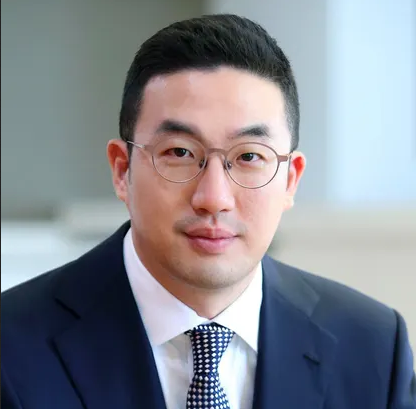
At present, Koo Kwang-mo—the great-grandson of founder Koo-In Hwoi—is the chairman of the large corporation with total assets of $118.1 billion, according to the Business Chief. Under his management, the conglomerate’s market cap grew by nearly threefold. His net worth, as per Forbes, is at $1.9 billion.
Lotte
The Lotte Group originated in Tokyo under the leadership of Korean businessman Shin Kyuk-ho in 1948. In 1967, he brought the famous chewing gum company to South Korea, and the rest is history. Most of the world recognizes the corporation for its work in the food industry. Almost every Korean supermarket treat, from chocolate-coated marshmallow pies to decadent ice creams, hails from the conglomerate. Lotte Confectionery is the third-largest gum manufacturer in the world, as per CFR.
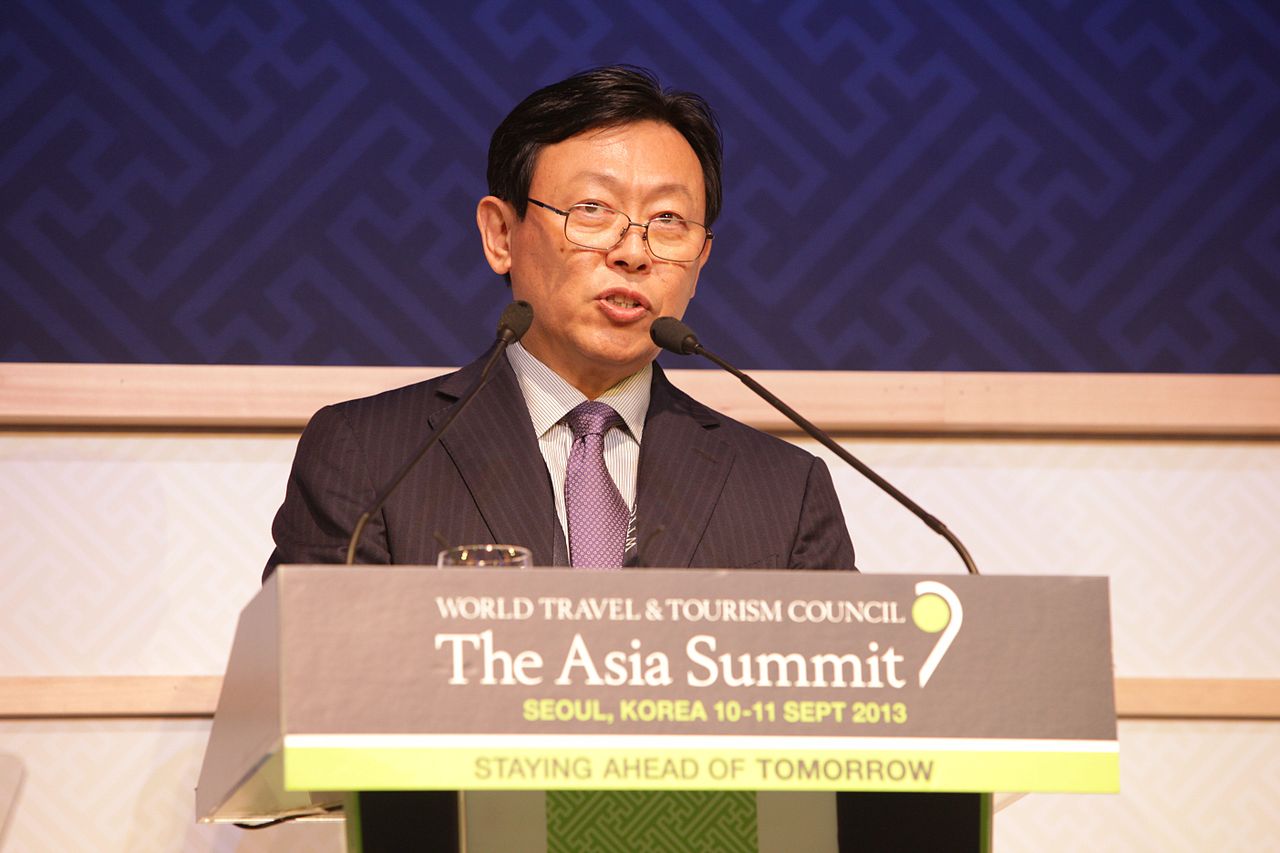
That said, the corporation’s influence transcends food, as it happens to run large department stores, theme parks, hotels, and even entertainment ventures. In fact, the Lotte World Tower in Seoul is the tallest building in the country with 123 stories.
Shin Dong-Bin, the second son of Lotte founder Shin Kyuk-ho, is currently the group’s chairman and CEO. His assets total $87.7 billion according to Business Chief, while his net worth amounts to $970 million according to Forbes.
SK Group
The fifth conglomerate on this list is the SK Group or SK Holdings. The megacompany started in the early 1950s under Chey Jong-gun. At the time, the Chey family acquired Sunkyong Textiles and continued to expand ever since according to CFR.
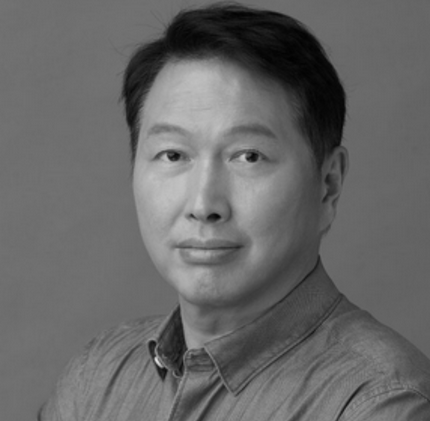
Today, SK Group has more than 200 affiliated companies across the chemical, financial, energy, shipping, insurance, and construction industries. Today, they also run SK Telecom, South Korea’s biggest wireless carrier. SK Hynix, the second-largest maker of memory chips, is also under the conglomerate.
Chey Tae-won, the son of SK founder Chey Jong-gun, is the conglomerate’s chairman. His total assets amount to $205.8 billion, while his net worth is $1.4 billion according to Forbes. The chairman is best known for his dedication to sustainable practices, as well as creating economic and social value in all company endeavors through a variety of initiatives and the CHEY Foundation.
The Chaebol: Economic Powerhouses or Hurdles?
The chaebols of South Korea have undoubtedly done a great deal of good for the country’s economy—most especially during the years of its postwar recovery. However, experts and the general public are starting to question the chaebol system’s relevance in a 21st century economy.
Though having a select few companies rapidly develop industries and create more jobs was once helpful in postwar South Korea, things aren’t as simple as they once were. This kind of setup has created an environment of monopolies. Young professionals are having difficulties entering the workforce dominated by large corporations.

Most chaebol groups only hire the brightest from the three top universities in the country (or “SKY” universities). However, only those born into wealthy families can usually afford such education. Even then, the process of applying to large companies is highly competitive.
To make things more complicated, the influential hold that chaebols have on the economy prevents small and medium enterprises from thriving, according to CFR. The Brown Political Review added that South Korea lacks a vibrant start-up culture. In a 2020 list of the country’s top 10 companies, Naver was the only start-up business included. As such, the Korean youth have less chances of developing opportunities for themselves, which creates a large generational wealth gap.
Transforming an Unfair System
The concern of wealth distribution has also put the entire chaebol system into question. Public outrage only escalated with scandals and controversies surrounding the powerful families behind these conglomerates.
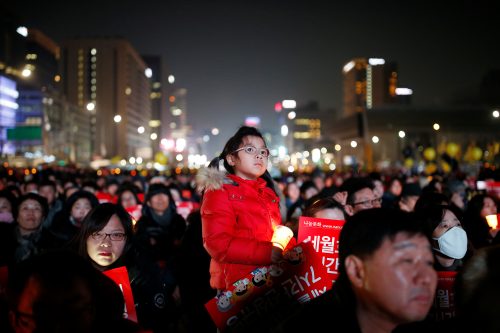
In 2016, hundreds of people gathered in a peaceful protest against Samsung chairman Lee Jae-yong, who was convicted for bribery and embezzlement worth $6 million, along with former president Park Geun-hye. Likewise, Lotte CEO and chairman Shin Dong-Bin was sentenced to 30 months in prison for bribery in 2018. However, both men received a pardon from President Yoon Suk-yeol, sparking more public outrage.
The glory days of chaebols may be waning as opinions of them continue to change amid a bustling yet complicated South Korean economy. It’s still uncertain whether the present government will address the glaring issues at hand, but victims of the current system continue to voiced their need for change.
Banner photo by Daniel Bernard via Unsplash.





